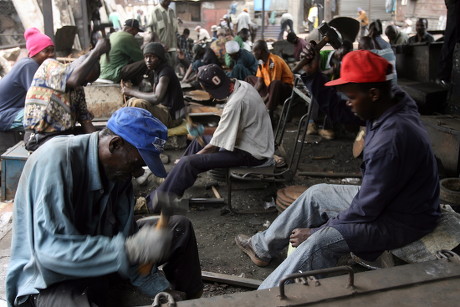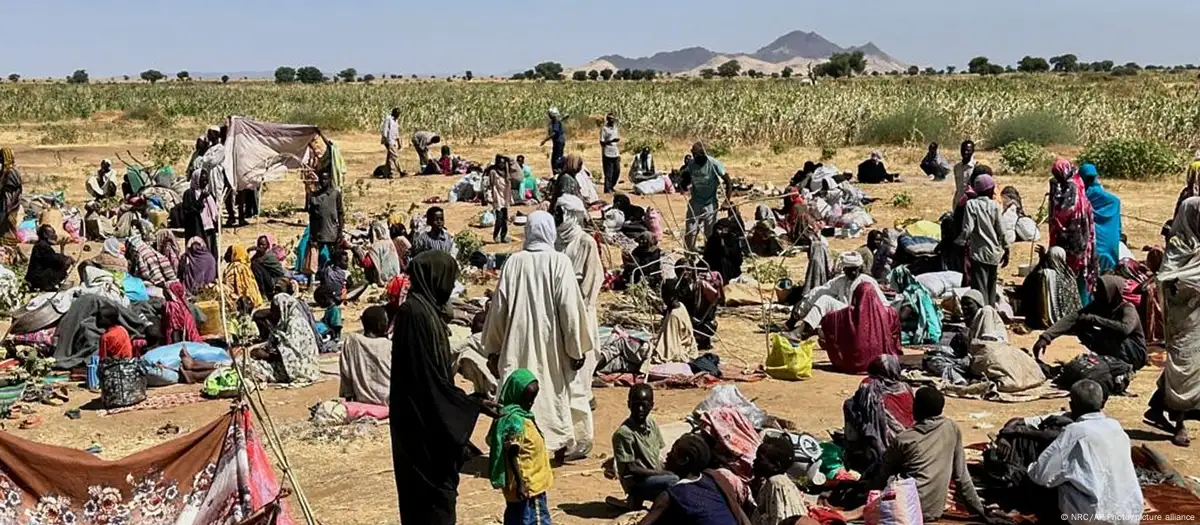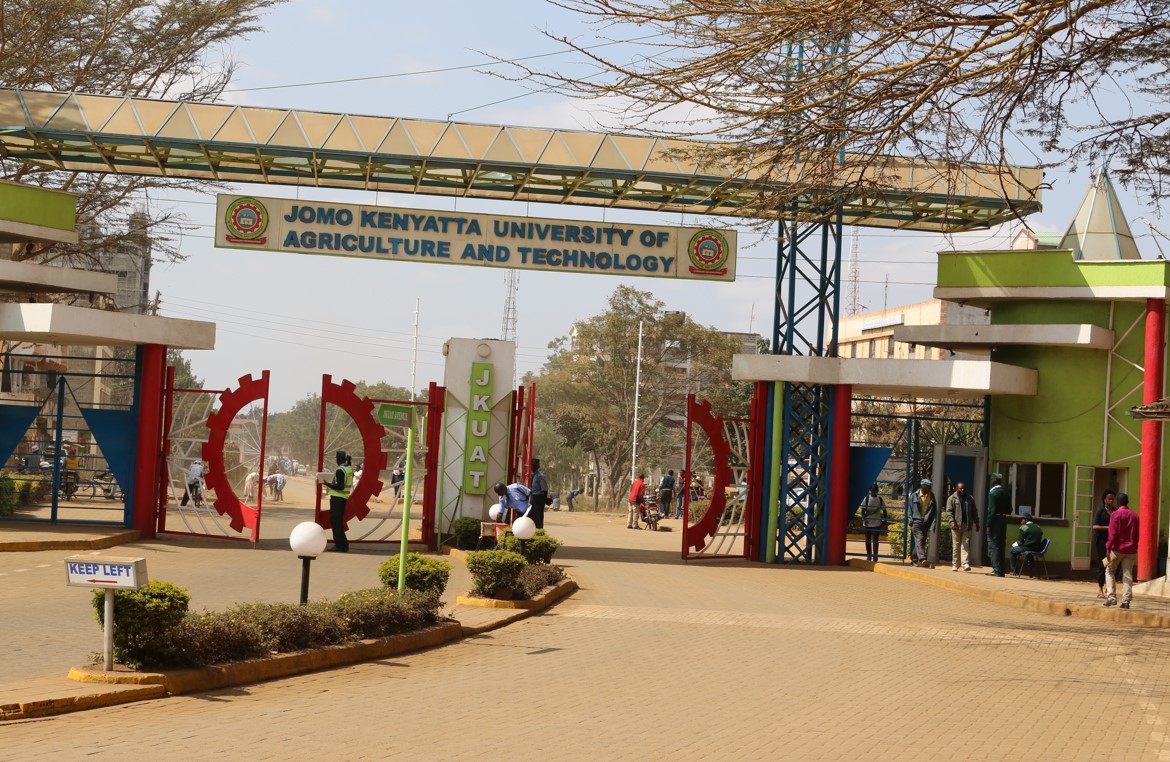KIPPRA flags job creation as key concern despite Kenya’s economic growth

Kippra, in its assessment using the Africa Transformation Index (ATI), gave Kenya a score of 7.7 out of 30, placing it 22nd in the continental ranking. The agency warns that despite strong growth in certain sectors, the overall quality of jobs remains low and unevenly distributed.
Kenya’s economy continues to post growth, but the pace and quality of job creation remain a major concern, according to a new report by the Kenya Institute for Public Policy Research and Analysis (Kippra).
The report shows that while thousands of jobs were added in 2024, most of them were informal and lacked the security, decent pay, and benefits associated with formal employment.
More To Read
- KRA’s official X account hacked, public warned against fraudulent posts
- Kenya exports Sh50.87 billion worth of goods to US ahead of AGOA expiry
- High Court rules in favour of KRA in Sh1.1 billion tax dispute, orders fresh tribunal hearing
- Side hustles gain ground as stagnant salaries push youth to rethink work
- Construction sector rebounds as cement demand hits record high
- Cheaper manufacturing signals hope for lower retail prices
Of the 782,300 new jobs created last year, 90 per cent were in the informal sector, an area marked by low wages and job instability.
Kippra, in its assessment using the Africa Transformation Index (ATI), gave Kenya a score of 7.7 out of 30, placing it 22nd in the continental ranking. The agency warns that despite strong growth in certain sectors, the overall quality of jobs remains low and unevenly distributed.
“Kenya is running fast, but not in the right direction when it comes to quality job creation. Growth in the economy has not translated into high-quality jobs; although formal jobs are concentrated in high-growth and high-productivity sectors, the job-creating potential of these sectors remains relatively limited,” the report notes.
The manufacturing sector, once a major source of employment, has declined in productivity over the last decade. Even with continued emphasis on industrialisation, its potential remains underutilised, raising questions about the long-term ability of the sector to support stable, formal jobs.
Agriculture, which still employs a large portion of the population, has also seen a drop in its contribution to the economy. The report shows that agriculture, forestry, and fishing accounted for nearly 29 per cent of GDP in the early 2000s, but the figure has since fallen to about 21 per cent. This shift, Kippra says, points to both structural changes in the economy and increased pressure from climate change.
The farming sector has been hit hard by unpredictable rainfall patterns, shorter growing seasons, and pest infestations, which have made agricultural work less reliable. Still, for many households, it remains the primary source of income, underlining the need for focused investment in sustainable and climate-resilient agriculture.
The report notes that sectors like construction, real estate, and air travel have registered strong growth, but have not been able to absorb workers exiting traditional sectors like farming. “While sectors like construction, real estate, and air travel have grown, they haven’t replaced lost agricultural jobs, pushing more workers into informal trade,” the report reads in part.
Currently, the services industry — including transportation, financial services, and public administration — drives much of the country’s growth. Construction, in particular, has expanded significantly, with its share of GDP rising from 4 per cent in 2010 to 6 per cent by 2020.
However, the slow growth of the industrial sector, especially manufacturing, remains a serious concern for job creation and poverty reduction. The mismatch between economic performance and job quality, Kippra says, is holding the country back.
The report also highlights the low participation of women in formal and productive employment. Many women remain excluded from both factory floors and senior positions due to poor working conditions and persistent gender barriers. Within micro, small, and medium enterprises (MSMEs), workers face poor health and safety conditions, income inequality, and limited protection.
Though some companies have tried to address these challenges through employee welfare programmes, the reach of such efforts is still limited.
“Kenya’s challenges are compounded by glaring gender disparities in science, technology, engineering, and mathematics (STEM). Globally, women make up only 29.2 per cent of the STEM workforce, and Kenya mirrors this imbalance,” reads the report.
The report links this gender gap to low female enrolment in STEM courses and technical training institutions. According to Kippra, this limits not only individual career prospects but also the country’s ability to grow a competitive, innovative workforce.
Top Stories Today














































